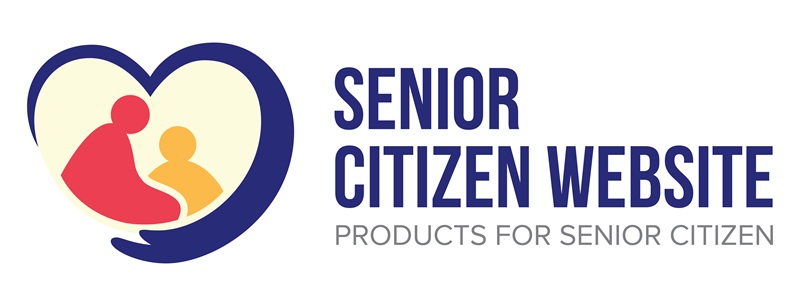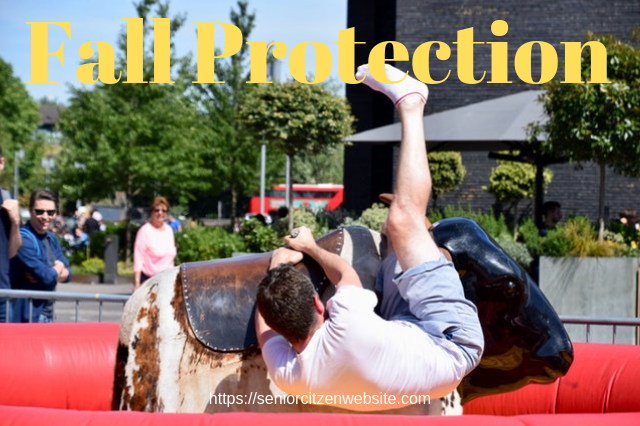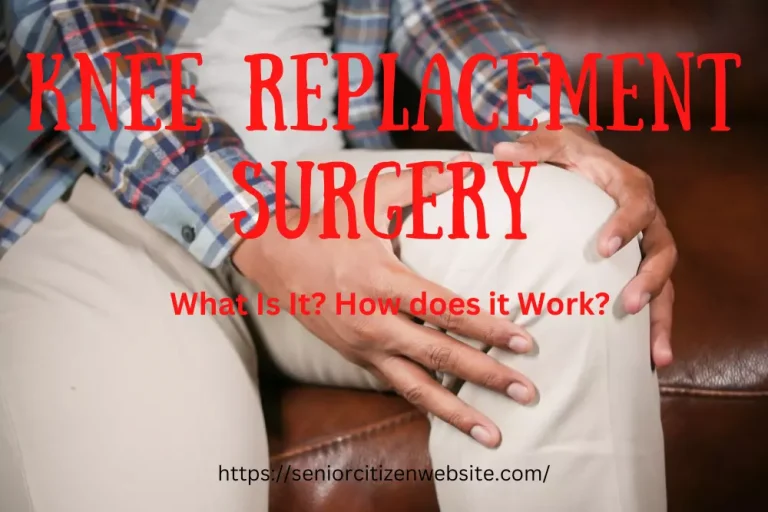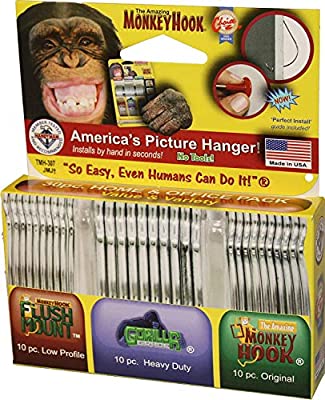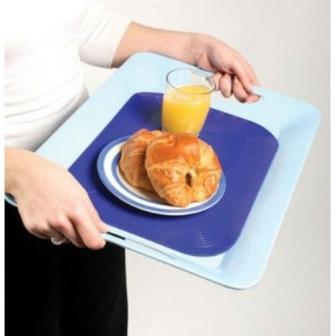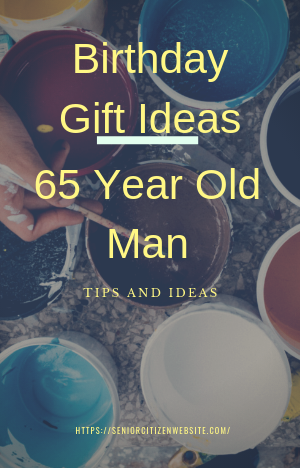Learn About Fall Protection For Seniors
Do you know that 1 in 4 older Americans falls each year? Falls happen to be the primary cause behind both nonfatal injuries and fatalities in the 65+ age group.
Falls can lead to things like broken bones, hip fractures, and head injuries. Even falls that don’t lead to significant physical injuries might leave an older adult fearful and depressed, which will make it all the harder for them to remain active.
I learned a lot about this when dealing with my own aging parents, as I helped them reduce their own risks of falling so they could remain independent and healthy as long as they could.
I’m glad I learned what I did back then, considering I’m now heading into my own golden years, and so the topic of fall prevention for seniors is something I’ve learned quite a bit about.
Risk Factors For Falls In Seniors
There are a number of factors that makes senior more vulnerable to falls in general. I name a few here but there are many more and some are for your specific living situation.
Chronic Conditions
Among those of us who are older, more than 4 out of 5 of us have at least one particular chronic condition. Common ailments include arthritis, stroke, and diabetes.
These conditions can result in things like multiple medications, inactivity, loss of function, pain, and depression, all of which can be risk factors for falling.
Environment
Many seniors are living in homes they’ve been in for years. They might not have considered necessary modifications that could keep them safer as they get older.
Balance
As we get older, we tend to lose some of our balance, coordination, and flexibility. This is mainly through being inactive, which makes it easier for us to fall.
One thing I advise you to use is a long-handled shoe horn to make it easy to get your shoes on. This will help you not to bend over and risk losing your
The second thing that is very helpful in the bathroom is making use
Many falls occur in the shower. Especially when getting in and out of the bathtub. I highly recommend using some type of bathroom grab bars to keep your balance.
Most people do not realize that getting off the toilet can also be a risk to fall. With toilet safety rails you can avoid that.
Vision
Aging eyes have less light getting to the retinas, making it harder to obstacles, contrasting edges, and tripping hazards.
Steps You Can Take To Reducing Falls
Whether you want to reduce the odds of falls in your own home or just help out someone you love improve their own chances, there are several steps that you can take. I have assembled these from helping my own parents years ago to now preparing myself for retirement.
Be Honest About Staying Safe
Even though I’m admitting my general age range in writing this, I can tell you that hardly anyone isn’t in some stage of denial about their age.
Whether it’s your parents or grandparents, they likely know how much of a risk falling can be, but they aren’t really dealing with it.
Recognizing a risk in the rational mind is one thing, but emotionally accepting reality is another. Ask your older loved ones about taking steps to stay safe. If you’re worried about your own potential fall, talk to your doctor about what you can do to protect yourself.
Have A Conversation About Current Health Conditions
Talk to your older loved ones about whether or not he or she is having any difficulties in managing their health. Do they struggle to remember their medications? Are there side effects? Is it just getting harder for them to do things like they used to?
If they (or you) are covered by Medicare, take advantage of the available preventative benefits, like the Annual Wellness visit.
When Was The Last Eye Checkup?
Anyone wearing corrective lenses should have a prescription that is up to date. Tint-changing lenses in glasses might seem convenient, but they can be too dark when first entering a building. Also, bifocals can be an issue on the stairs.
Take Notice If They Hold Onto Things
Do
Talk About Medications
This conversation should definitely involve their doctor and maybe even their pharmacist. If it’s getting hard for them to track their medicines, or if they’re reluctant to take those due to side effects, then it might be time for timed dispensers to make a habit of taking medications on schedule easier.
Non-prescriptions sleep aids can lead to dizziness and balance issues, so find better alternatives for good sleep.
Assess the Safety Of The Home
An occupational therapist can help make your senior’s home or even your own safer. I’ve had one visit mine and help me out. One thing we did is boost the lighting, particularly at the ends of my stairs.
We also make sure that it was a lot easier to get a lot of sudden light when I get up in the middle of the night. We also added a second secure rail to my stairs.
The bathroom I use got a severe overhaul. I now have bathroom grab bars by my toilet. I also treated myself to a walk-in tub that has a shower chair. There’s even a hand-held shower for those days where I’m just not as limber as I used to be.
Medical Alert Devices
Even if you don’t want to remember them, you can’t really forget the commercials about ‘Help, I’ve fallen, and I can’t get up!’ Whether you laughed at them or not, they were handy for those that used them, and I’m here to tell you that medical alert devices have come a long way since then.
Those commercials had what is now known as the pendant style, but there are also speakerphone medical alert systems, cellular models, activity trackers, and phone/medical alert combos.
The simplest form I can recommend for anyone at all times is a nice medical alert bracelet I wrote about in another post. This will also help you in case of an emergency at home or even out on the road.
Summary
Senior fall prevention needs to be a conversation that happens between seniors or those that love and care for them.
The real-world statistics don’t lie, as a quarter of seniors take a fall every single year. The results can be fatal, and they’re serious even when not fatal.
I just read that in the summer the numbers of falling are higher because many people work outside in their yard or garden. Maybe a good reason to have a look at a garden seat for elderly in this article i wrote.
Fortunately, the risks can be mitigated with a combination of lifestyle adjustments, exercise routines, balance strengthening, and home improvements. Modern technology, devices, and medical alert systems can also seriously improve the outcomes when someone falls.
I hope you use all of this to help out the seniors you love in your family, or just make life easier and safer for yourself if you’re entering into or already in your golden years.
I tried to answer questions like, how can the elderly prevent falls and why falling is a problem for older adults in this article and I hope it was helpful for you.
Eddie
About the Author: Eddie Vandam
Eddie Vandam is a proud senior and retired internet marketer who now dedicates his time to helping others age well. As the voice behind the Senior Citizen Website, he shares practical advice on staying healthy, independent, and informed. From product reviews to wellness tips and hobbies that keep life interesting, Eddie writes with real-world experience and a passion for making senior life easier and more enjoyable.👉 Read more about Eddie Vandam.
Sources
- https://academic.oup.com/aje/article/181/7/521/150122
- https://www.ncbi.nlm.nih.gov/pmc/articles/PMC5387801/
- https://www.ncbi.nlm.nih.gov/pmc/articles/PMC4499195/
- https://www.ncbi.nlm.nih.gov/books/NBK235613/

